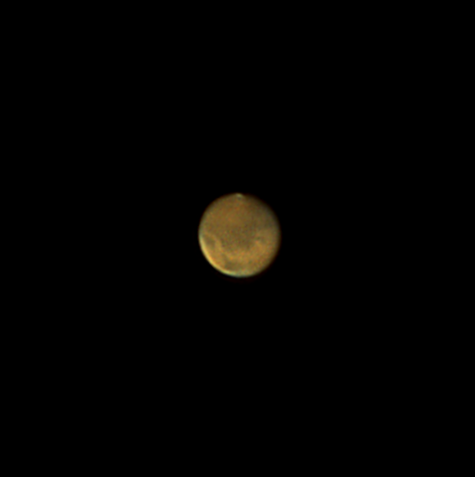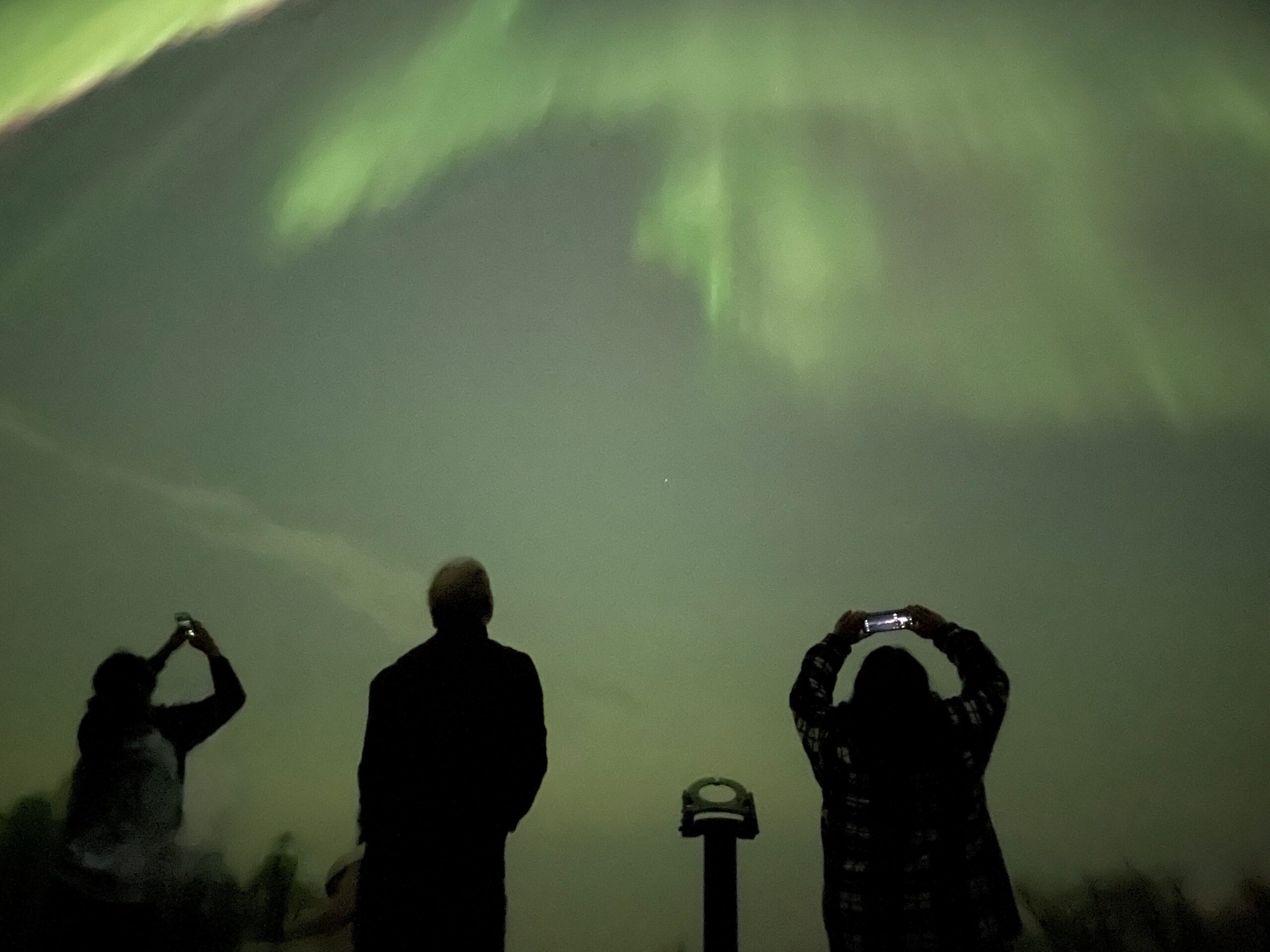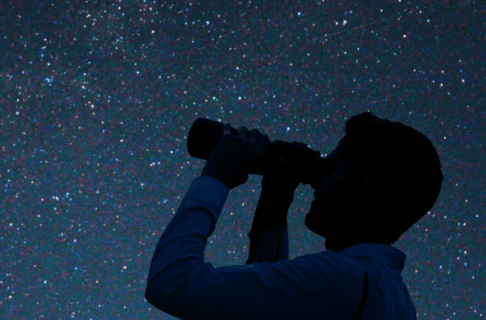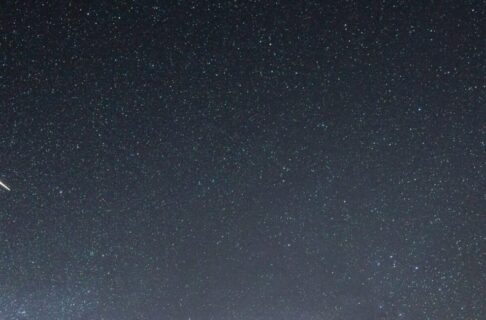Happy New Year, skywatchers! Although the “start” of our year is somewhat arbitrary, it’s a good time to look ahead at the events we will see during our next orbit of the Sun. We don’t have to wait long, though, for many of the year’s best events happen in January.
However, one “event” that is getting a lot of media attention is completely fake. The January 25 “parade of planets” or “planetary alignment” or whatever it’s being called is a complete fabrication. There is nothing happening on January 25th that isn’t also happening every other day this month, and last month, and for the next couple of months at least. See the “Solar System” section and entry for January 25th in the Sky Calendar for more details.

The Solar System
First: no, there is no “grand planetary alignment” or “parade of planets” on January 25th. What’s being claimed on January 25th has been happening every night for a month and will continue for another month – it’s the association with a specific date that is the error. Planets change their position slowly, being visible for weeks or months at a time. Any clear night in January you will be able to spot four planets in the sky plus Earth, and a pair of binoculars will add Uranus and Neptune to that total. Only Mercury will be out of sight from Canadian latitudes. This is NOT uncommon. But once again we see that interest in astronomy makes it the perfect vehicle to attract “clicks” and “likes”.
Anyway, on to reality…
Mercury was visible in the morning sky in December, but it now sinking back into the glare of the Sun. You *might* catch it during the first few days of the month, very low in the southeast just before sunrise.
Venus is putting on its best show of the year for northern hemisphere viewers right now, standing high in the southwest at sunset and blazing brilliantly. It reaches its greatest elongation from the Sun on January 10th, but it will be obvious all month for the first few hours after sunset.
Mars reaches its closest point to Earth this orbit on January 12, appearing bigger and brighter this month than any time since 2022. It’s also in opposition (opposite the Sun in our sky), so it rises in the east as the sun sets in the west, and is visible all night long. Mars is noticeably reddish compared to other nearby stars, a product of its rusty red plains. A telescope can reveal a hint of Mars’ polar ice cap and some dusky marking on the surface, but very steady skies and high magnifications are required. See image at right for a view of Mars in 2020, when it was even better than this year.
Jupiter was in opposition last month, but it’s lost almost none of its luster, standing in the southeast at sunset and rising high into the south by midnight. Alone among the planets, Jupiter will show some detail in a typical pair of binoculars: several tiny “stars” lined up with the bright planet. These are the four largest of Jupiter’s 95 moons. Jupiter in a telescope is a beautiful sight.
Saturn is coming to the end of its period of visibility this time around, shining in the southwest after sunset. Between the 13th and the 23rd, Saturn will sink lower while Venus rises higher, passing Saturn spending time in the same field-of-view of binoculars.
Uranus and Neptune are both too faint to be easily seen with the unaided eye, although Uranus can be glimpsed as a very faint “star” from a very dark location, and both can be seen in binoculars. The trick is to tell which dot is a planet and which is a background star. An online app like Stellarium can help you track down these challenging targets.
Of the dwarf planets, only Ceres is ever bright enough to catch in binoculars, and only at the right time. January 2025 is not the right time – Ceres is setting soon in bright twilight as it passes behind the sun over the next few months. The other dwarf planets – Pluto, Eris, Haumea, and Makemake – require very large telescopes or imaging to spot.
Sky Calendar for 2025
All times are given in Central Standard Time (UTC-6), the local time for Manitoba. However, most of these events are visible across Canada at the same local time without adjusting for time zones.
Friday, Jan 3, 2025 (evening): The waxing crescent Moon is very close to Venus in the evening sky.
Saturday, Jan. 4, 2025 (evening): The crescent Moon is above Saturn in the evening.
Monday, Jan. 6, 2025: First Quarter Moon
Thursday, Jan. 9, 2025 (evening): The moon passes through the Pleiades star cluster, occulting many of its stars beginning about 6 p.m. CST. Watch with binoculars to see the Moon’s orbital motion in real time!
Thursday, Jan. 9, 2025 (evening): Venus reaches its greatest apparent distance from the Sun, making tonight theoretically the “best” night to see it. (It’s pretty much the same view for a week or more on either side of this date, though.)
Friday, Jan. 10, 2025 (all night): The waxing gibbous Moon is near Jupiter in the sky.
Saturday, Jan. 11, 2025 (evening): Venus begins to pass Saturn in the southwestern sky after sunset. The two planets are visible in the same field of view of typical 7×50 household binoculars. Over the next two weeks, Venus will slowly overtake and pass Saturn, which is slipping west into the sunset. They reach their closest approach on Jan. 18, 2025.
Sunday, Jan 12, 2025: Mars reaches its closest to to Earth for this orbit, almost 243 million km away. Like all planetary events, you won’t notice a difference between today and any other night this month because these distances change very slowly.
Monday, Jan. 13, 2025: The Full Moon eclipses Mars, an uncommon planetary occultation. For Manitoba, the Moon begins to cover Mars at 8:17 p.m. CST, slowly moving over the red planet over the course of about 40 seconds. About an hour later, the Moon uncovers Mars beginning at 9:04 p.m. CST (in Manitoba), again taking about 40 seconds to complete the reveal. Note that these times are different for different locations across Canada; consult a site like In-the-sky.org for local details, but make sure you start observing a few minutes before the predicted times – sometimes sites like these don’t take into account minor details like the elevation above sea level or the slight out-of-roundness of the Earth.
Thursday, Jan. 16, 2025: Mars reaches opposition, the position in the sky opposite our Sun. This and its closest and brightest for the year always occur within a few days of each other, and also mean that the planet is visible all night long.
Friday, Jan. 17, 2025: Mars forms an almost straight line with the stars Castor and Pollux in Gemini. Castor (the top-most star) is a pure white colour, while Pollux is more yellow. Both contrast with Mars-ruddy orange colour. The alignment persists for a day or so after this date as well.
Sunday, Jan. 19, 2025 (evening): Saturn and Venus are at their closest point as they pass each other in the southwestern sky after sunset (see entry for Jan. 11).
Tuesday, Jan. 21, 2025: Last Quarter Moon
Saturday, Jan. 25, 2025: Nothing special. Literally, there is no significant difference between the planets this day and on any other day this month. The online stuff you have read about a “cosmic convergence” or “parade of planets” is completely made up. Yes, the planets appear to be in a line as seen from the Earth, but that’s true on every day of every year because the solar system is roughly a plane and we are one of the planets in the plane. It’s like saying that on a certain date, all the cars on the highway will be lined up, with none of them above or below ground level: it’s technically true, but completely meaningless.
Wednesday, Jan. 29, 2025: New Moon
Friday, Jan. 31, 2025 (evening): The thin crescent Moon is below Saturn, very low in the southwest after sunset.
Northern Lights, Meteors, and other Cool Stuff

Outside of the regular events listed above, there are other things we see in the sky that can’t always be predicted in advance.
Aurora borealis, the northern lights, are becoming a more common sight again as the Sun goes through the maximum of its 11-year cycle of activity. Particles from the Sun interact with the Earth’s magnetic field and the high upper atmosphere to create glowing curtains of light around the north (and south) magnetic poles of the planet. Manitoba is well-positioned relative to the north magnetic pole to see these displays often, but they still can’t be forecast very far in advance. A site like Space Weather can provide updates on solar activity and aurora forecasts for the next 48 hours. The best way to see the aurora is to spend a lot of time out under the stars, so that you are there when they occur.
Random meteors (also known as falling or shooting stars) occur every clear night at the rate of about 5-10 per hour. Most people don’t see them because of light pollution from cities, or because they don’t watch the sky uninterrupted for an hour straight. They happen so quickly that a single glance down at your phone or exposure to light can make you miss one.
Satellites are becoming extremely common sights in the hours after sunset and before dawn. Appearing as a moving star that takes a few minutes to cross the sky, they appear seemingly out of nowhere. These range from the International Space Station and Chinese space station Tianhe, which have people living on them full-time, to remote sensing and spy satellites, to burnt-out rocket parts and dead satellites. These can be predicted in advance (or identified after the fact) using a site like Heavens Above by selecting your location.






